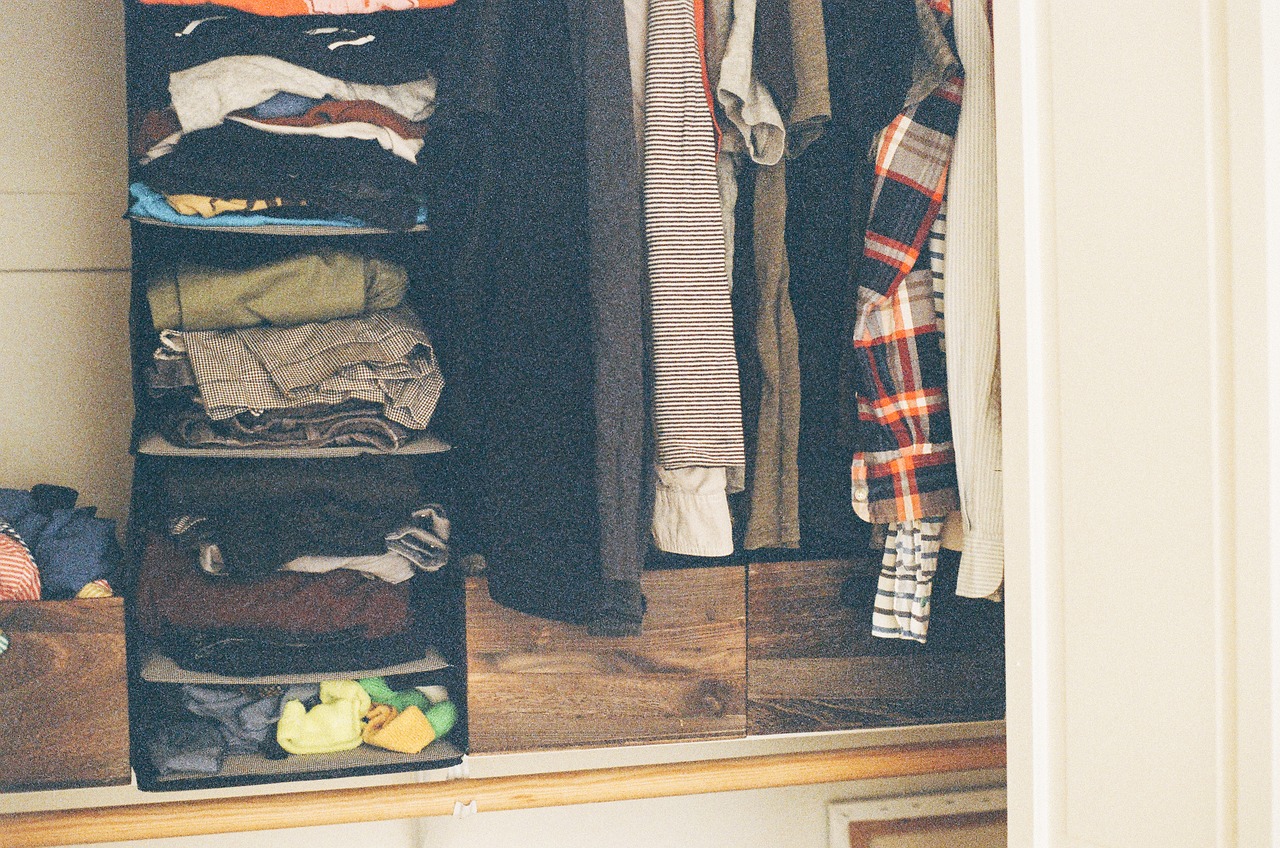Being a homeowner in the Chicagoland area is both rewarding and challenging. Our unique climate isn’t for the faint of heart, but we’re surrounded by natural beauty, a vibrant culture, and some of the country’s best cuisine.
Many Chicago homes have basements that provide valuable additional space, but they are also susceptible to moisture problems that lead to the development of mold and mildew, which not only damage your property but can also pose a health risk to you and your family.
While lush carpeting is a must-have for comfort during our wild winter weather, any lingering dampness or moist dirt in your rugs can trap mold spores and contribute to the growth of unwanted guests.
It’s essential to take preventive measures and address any moisture issues promptly. Let’s take a closer look at how to prevent mold and mildew growth in your basement and carpets and improve the air quality in your home.
The Perfect Environment
Basements that are perennially moist and dank are most at risk. Mold and mildew are types of fungi that thrive in environments with high humidity levels or dampness. This can be caused by a variety of factors, such as a leaky pipe, poor ventilation, or even the natural humidity that arises during the summer months.
They can grow on a variety of surfaces, including walls, ceilings, and carpets. The spores are microscopic and can be easily spread through the air, which means that they can quickly spread in your home if left unchecked.
When there isn’t enough air circulation in your home, moisture can build up and create the perfect environment for funkiness to thrive. This is especially common in bathrooms and kitchens, where steam from showers and cooking can create a humid environment.
If you have a leaky roof or water intrusion in your home, it can create damp areas that are ideal for mold growth. It’s important to fix any leaks as soon as possible to prevent this issue.
Exposure can cause a variety of symptoms, including headaches, dizziness, and even respiratory problems. Some people are more sensitive to mold and mildew than others. If you or someone in your family has a weakened immune system or suffers from allergies, you should be especially cautious. Additionally, it can lead to the deterioration of the surface on which it’s anchored, leading to costly repairs and damage to your property if left untreated.
Identification and Remediation
Identifying an infestation in your basement and carpets is the first step in preventing it from spreading. Signs of mold and mildew include musty odors, excess condensation, discolored walls or carpets, and visible green, black, or white spots on walls, ceilings, or floor coverings. If you notice any of these signs, it’s essential to take immediate action.
In addition to these visible signs, there are other ways to detect mold and mildew in your home. One way is to use a moisture meter to measure the humidity levels. Mold begins to thrive in areas where the humidity is 20% or higher.
A professional home inspection can identify areas of your home that are at risk and provide recommendations for preventing and treating the problem.
One way to improve ventilation in your basement is to install vents or ducts that allow air to circulate. It’s also paramount to regularly clean any existing vents or ducts to ensure that they are not blocked by debris.
Adequate ventilation and moisture control are essential for preventing this issue in your basement and other rooms of the house. Dehumidifiers are particularly effective at removing excess moisture from the air.
Regular maintenance of your dehumidifier ensures that it continues to function effectively. This includes cleaning or replacing the filter, emptying the water tank, and checking for any signs of damage or wear.
Sealing and insulating your basement can also help to prevent moisture from seeping in, which is a major cause of mold. This can involve sealing cracks in your basement walls or using insulation to reduce temperature variations. You should use materials that are specially designed for this purpose, such as sealants, waterproof coatings, and specialized tapes.
When choosing a carpet for your abode, consider the materials used to create it. Some materials are more resistant to mildew growth than others. Polypropylene, acrylic, and nylon possess mold-resistant properties, and these materials are also durable and easy to clean.
Another option to consider is wool carpet. While wool is somewhat pricy and not naturally mold-resistant, it can easily be treated to resist fungal growth. Wool is also a natural insulator, which can help keep your residence warm and cozy.
Protecting your Chicagoland home from mold and mildew is a must-do task for homeowners, and that’s why PuroClean of Evanston is here for you 24/7. Our highly-trained mold remediation team will help you ensure your family and property are safe — reach out today!




 PuroClean of Evanston
PuroClean of Evanston